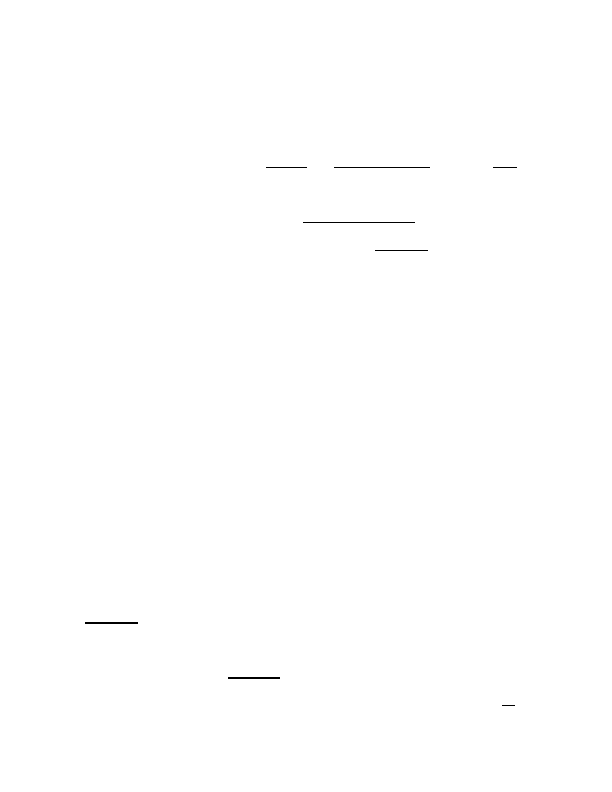
purposes.”). I cannot discern how the Court’s rejection of Morse’s Claim 8 on what
would now be Section 112 grounds, or the allowance of his other claims, supports this
court’s ruling today. Indeed, Morse’s claim 5, to a system of signs, is no more “tangible”
than the systems held patentable in Alappat and State Street Bank, discussed post and
now cast into doubt, or the Bilski system here held ineligible for access to patenting.
The majority opinion also relies on Cochrane v. Deener, particularly on certain
words quoted in subsequent opinions of the Court. In Cochrane the invention was a
method for bolting flour, described as a series of mechanical steps in the processing of
flour meal. The question before the Court was whether the patented process would be
infringed if the same steps were performed using different machinery. The answer was
“that a process may be patentable, irrespective of the particular form of the
instrumentalities used.” 94 U.S. at 788. The Court stressed the independence of a
process from the tools that perform it:
A process is a mode of treatment of certain materials to produce a given
result. It is an act, or series of acts, performed upon the subject-matter to
be transformed and reduced to a different state or thing. If new and
useful, it is just as patentable as is a piece of machinery. In the language
of the patent law, it is an art. The machinery pointed out as suitable to
perform the process may or may not be new or patentable; whilst the
process itself may be altogether new, and produce an entirely new result.
The process requires that certain things should be done with certain
substances, and in a certain order; but the tools to be used in doing this
may be of secondary consequence.
94 U.S. at 788. The Court did not restrict the kinds of patentable processes; the issue
in Cochrane was whether the process must be tied to the machinery that the patentee
used to perform it.
This court now cites Cochrane’s description of a process as “acts performed
upon subject-matter to be transformed and reduced to a different state or thing,” id., this
2007-1130
15
